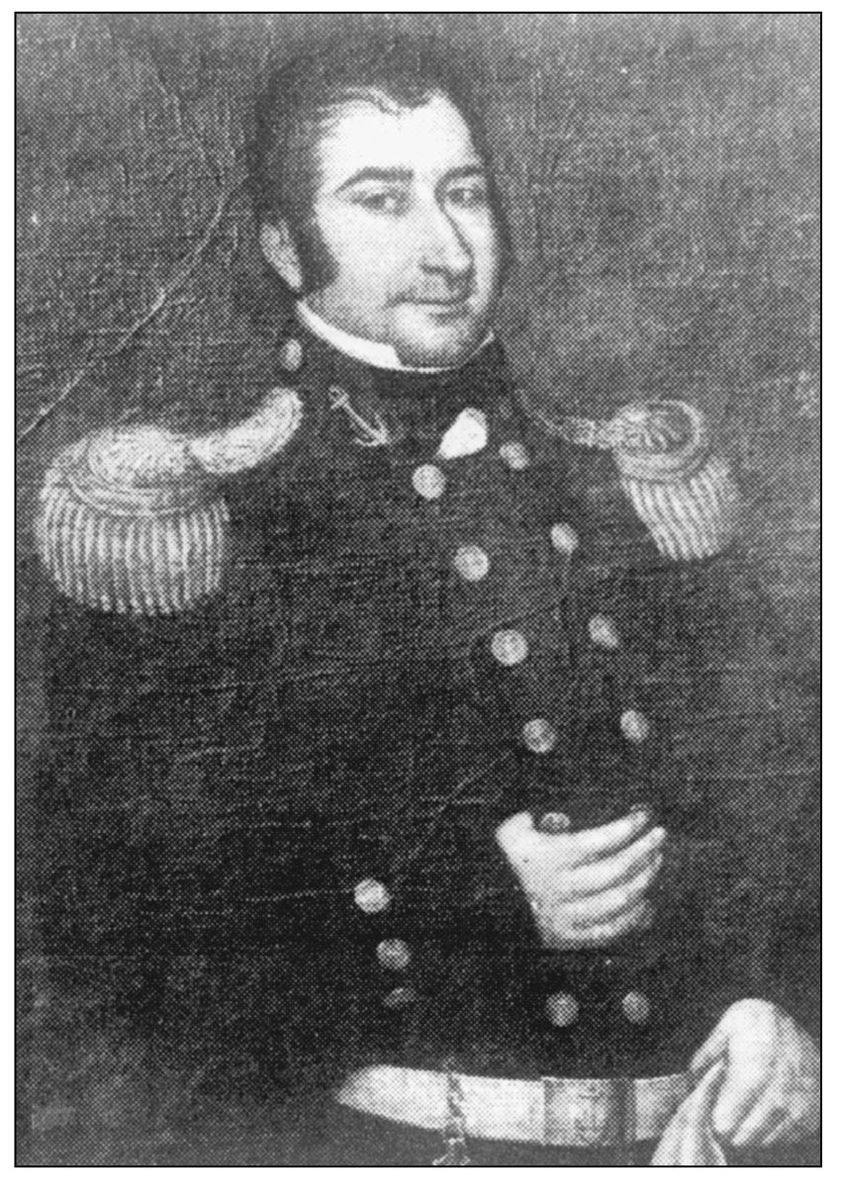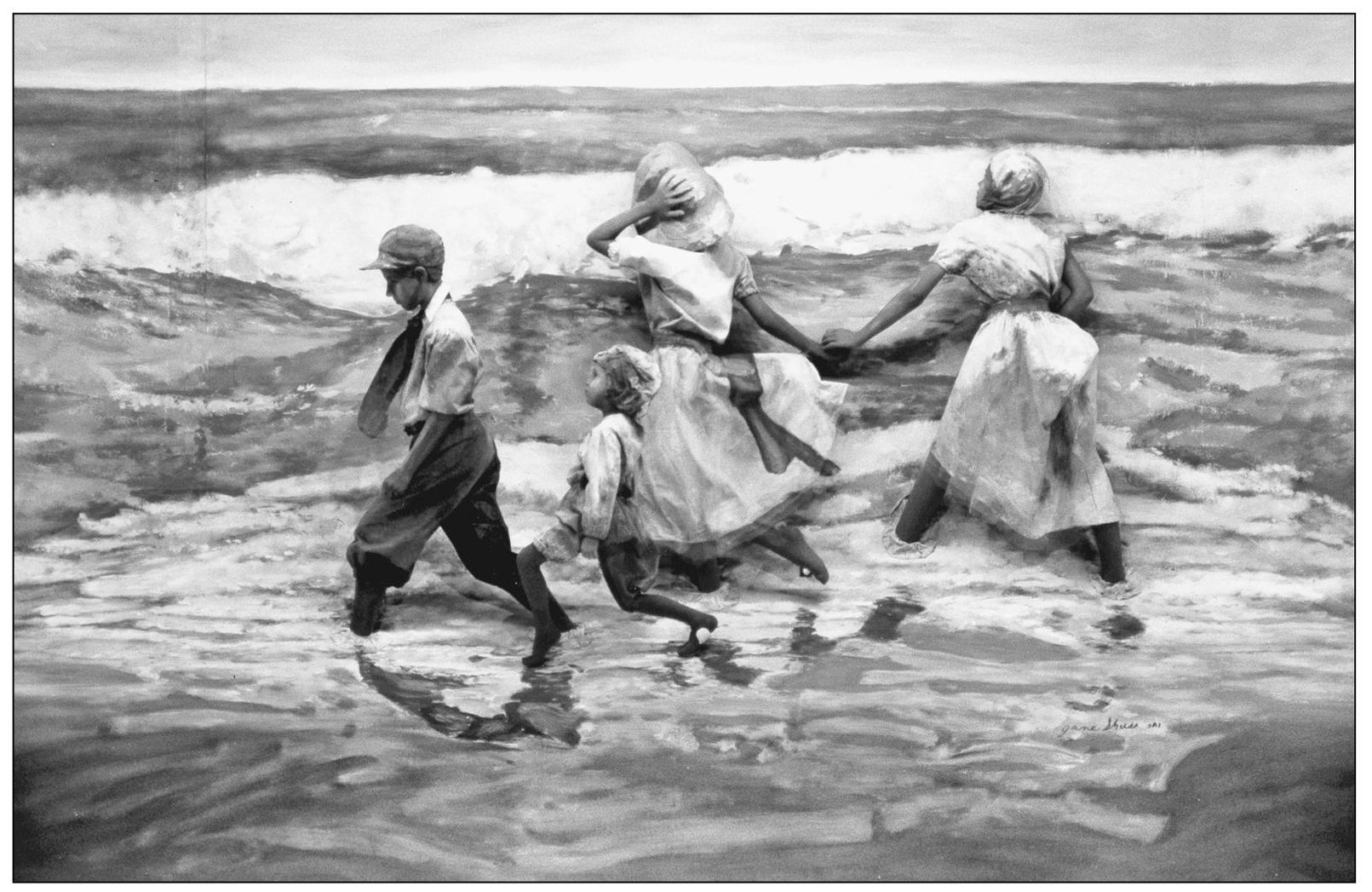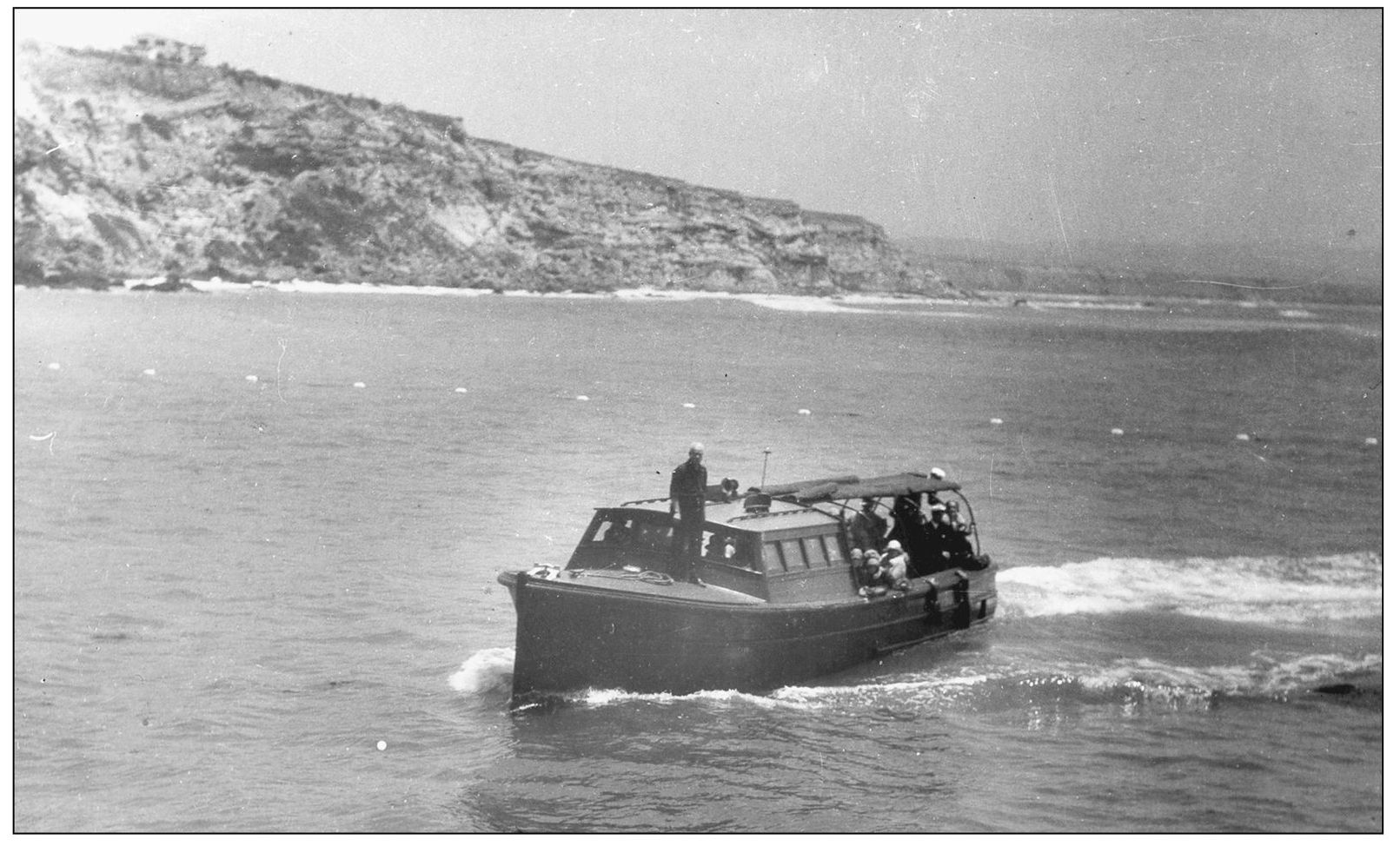Two
EARLY VISITORS BY LAND AND SEA
Just where we landed was a small cove, or “bight,” which gave us, at high tide, a few square feet of sand-beach between the sea and the bottom of the hill. This was the only landing place. Directly before us, rose the perpendicular height.
—Richard Henry Dana Two Years Before the Mast

NATIVE SAIL-INS. Thousands of years ago, when Native American villages dotted this coast and its creeks, a trade developed between the residents and the natives who inhabited the Channel Islands. The island people built bundled reed boats to reach the coast. They brought their specialties—such as Catalina soapstone fashioned into bowls and effigies—to trade for local products: woven baskets and items made from abalone shells.

SPANISH SETTLEMENT. After the Portolá expedition passed through the Capistrano Valley in 1769, its recommended site for a Spanish mission became a reality in 1776. The mission settlement brought padres and soldiers, cattle and horses, and religion and agriculture to the area. Visitors from Europe took up residence, and then converted natives to a new lifestyle. Sailing ships delivering supplies to the mission unloaded them in the local coves. This commemorative medallion depicts the expedition.

DANA POINT’S OWN PIRATE. In 1818, Hipolito Bouchard led a mercenary fleet to plunder Spanish settlements and turn their residents against that European power. His two ships landed in Capistrano Bay. Crews rowed longboats carrying ships’ cannons up San Juan Creek to plunder the mission town. However, everything of value had been wisely evacuated. What Bouchard did gain was his name on the state historical marker overlooking the bay—the only documented pirate attack in Southern California.

VISIT OF NAMESAKE DANA. He was only 20, an urban Boston citizen, a Harvard student, and a future lawyer who specialized in maritime cases. But life changed for Richard Henry Dana when he touched shore here in 1835. The modern city and harbor have followed in his foot and sea steps to commemorate those days of sail with an annual Tall Ship Festival, with a re-creation of his ship docked within Dana Point Harbor.

FAMOUS BRIG PILGRIM. Today more than 2,500 yachts call Dana Point their home port, but this small two-masted sailing ship is the most famous vessel ever to anchor in Capistrano Bay while on its trading route from Boston in 1835. Ordinary seaman R. H. Dana had poetic praise for the local coves, though he spent only parts of two days here. His account appears in his classic book of the voyage, Two Years Before the Mast. (Drawing by Warren Schepp.)

BLUFF-TOP TRADING. This museum panorama simulates the arrival of cowhides via Mexican oxcart (carreta) to be bartered by mission padres with visiting trading ships bringing finished goods in barrels, boxes, and baskets, all from faraway ports. The barren bluffs show sparse scrub and native prickly pear cactus. The Capistrano mission’s grazing grounds extended to the coast along what is now Dana Point.

STATE HISTORICAL LANDMARK 189. This state historical marker commemorates Richard Henry Dana’s 1835 visit at the Blue Lantern lookout above Dana Point Harbor. It also notes the landing of mercenary pirate Hipolito Bouchard in 1818. Another state marker two miles south on Pacific Coast Highway honors Dana’s visit “in the glamorous days of the ranchos, 1830–1840. Yankee vessels traded supplies for hides here.” (Photograph by the author.)

CALIFORNIA BANK NOTES. Cowhides were thrown over the bluff-tops to waiting ships’ crews. They were called California bank notes because they were the only medium of exchange here. Hides that caught in the cliffsides were retrieved by the sailors, including Dana, in this re-creation. The hides sailed back to Boston leather factories and made into shoes, boots, and saddles to trade again. (Photograph by the author.)

SILVER SPURS AND SADDLES. A commemorative California bank note is shown, together with silver spurs. These are a reminder that early sailors rented rancho horses for land transportation. After slaughter, cattle carcasses were tossed over the Dana Point cliffs. There, on the local “dump,” they provided banquets for native scavengers: condors, coyotes, and grizzly bears. (Photograph by the author.)

EARLY OCEAN BATHERS. There was no road along the coast yet, but when the railroad came through the area in the late 1880s, it brought inlanders down to the sea at south Orange County. Ocean bathing became a new pastime. The scene was captured in this painting, Children by the Sea, by Edward Henry Potthast. Here the artist’s work was re-created by the Pageant of the Masters in Laguna Beach, Dana Point’s next-door neighbor. (Courtesy Festival of Arts.)

PATHWAY TO LAGUNA. At the beginning of the 20th century, fields of dry-irrigation crops dotted the bluffs through what is now the Monarch Beach section of Dana Point. There was only a dirt road, as the coast highway would not arrive until 1929. Niguel Hill, rising above the scene at right, blocked television reception into Dana Point until cable service was introduced in the 1980s.

BRAVE BOATERS. Occasional yachts of all sizes ventured along this coast in the 1920s. No harbor of refuge existed between San Diego and Newport Beach, which itself was still an underdeveloped bay. Here one crew stops for a photograph by another passerby beside the rugged cliffs of Dana Point four decades before they would enclose a modern harbor of refuge, berthing, and recreation.

RUMRUNNER RUNS AGROUND. Salt Creek Beach gained notoriety during Prohibition in the 1920s when the rumrunner yacht Oakwood went aground there. This “fast boat” was carrying a cargo of illegal whiskey acquired from a Canadian “cruise ship” anchored offshore in international waters but came too close to shore at low tide. The Canadian ship was really a floating liquor warehouse. Revenuers and enforcement officers confiscated the goods, the boat, and the rumrunner.

THE HILL OF THRILL. Dana Point’s first crowd event occurred annually c. 1917–1927: the Capistrano Hillclimb. The valley came alive with motorcycles, motorcars, and as many as 50,000 spectators. In this 1921 photograph, they lined Doheny Park Road and the uphill track to what is now the San Diego Freeway. For years the hilltop wasn’t reached thanks to the near-perpendicular incline. Dudley Perkins and his Harley made it, and went on to national fame.

SPORTFISHING, 1920s. Felt fishing hats were the mode of the day for sportsmen who gathered at Dana Cove and ventured out to sea. Fishing boats left from both the Dana Cove and Capistrano Beach piers. The anglers shared fish stories before and after the catch, as well as bottled beer—only beyond the three-mile limit, of course, Prohibition then being the law of the land.